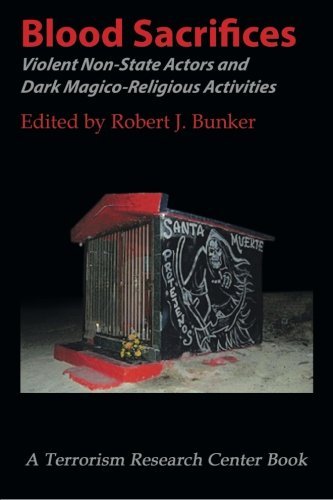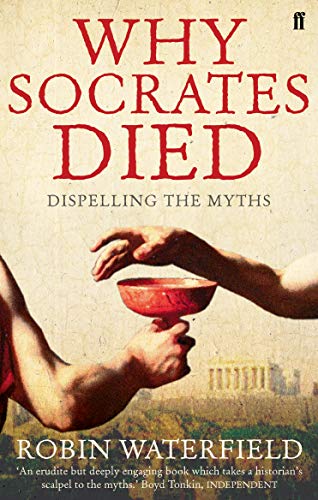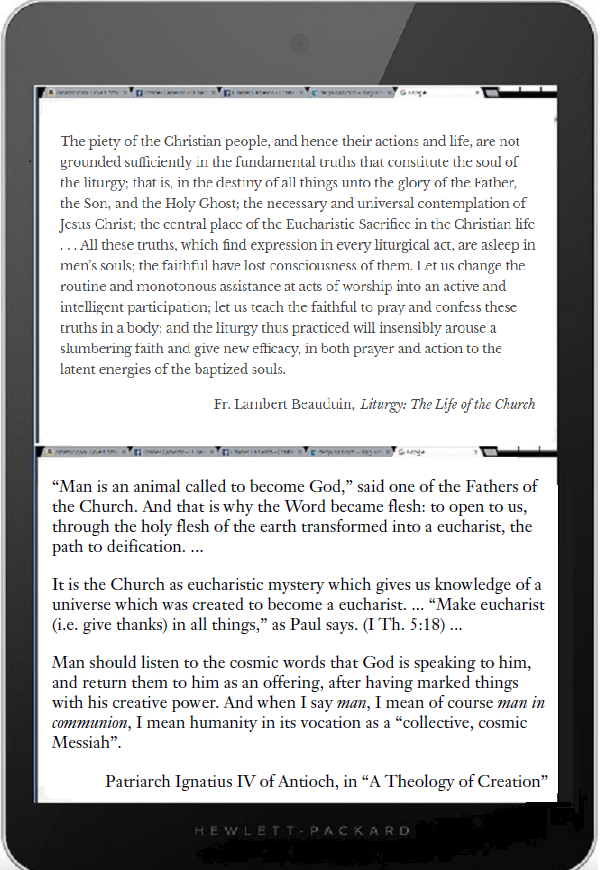Sunday surprise: Eucharist above, below and beyond
Sunday, July 15th, 2018[ by Charles Cameron — have you time to spare for a little beauty? ]
.
Prof Emily Steiner of the University of Pennsylvania posted this image, which she described as of the “Stunning mosaics in the apse of S. Maria in Trastevere, attributed to Pietro Cavallini (c.1240-1330)”:
Dr Steiner attributed the photo to “the talented @pdecherney” — her colleague at U PEnn, Dr Peter Decherney.
**
When I first saw this image, only the top half was visible on my screen, a fine, and I’m no expert, possibly world renowned, and yes, as Dr Steiner says, stunning mosaic of Christos Pantokrator, Christ the ruler of the universe if I’m not mistaken — and again, I’m no expert, and willing to take instruction.
But stunning, yes. Christ, a mosaic, stunning. Art at the service of praise, beauty as a window on the divine, .
And then, perhaps an hour later, but lapses of time are mended in this realm, I saw the whole image, sized to fit my screen.
**
And thus the bottom half —
— with, brightly lit, even moreso if it were possible than the Christ in mosaic above it is, a small table — an altar, with three priests, and more in the wings, celebrating what looks to be the Eucharist — thought I suppose it might also be Vespers — and again, some expert could say whether the central celebrant is, by his zucchetto or skullcap, a cardinal, bishop, or maybe monsignor.
No matter the celebrant’s rank, he is, as celebrant, at the vanishing point — both the central point of attention photographically, and the point where the priest acts in the person of Christ, in persona Christi, thus himself, his persona, vanishing at the vanishing point.
Do this in memory of me, Christ said to his disciples at the Last Supper before his crucifixion, in words of sacrifice, previsioning his body about to be broken on the cross the next day — and down the centuries priests have broken bread as he did, speaking his words in his place, Take, eat, this is my body.
In the consecration, with these wrds, bread and wine become invisibly the body and blood of Christ, which we may remember, digest and allow to transform us.
It is this which makes the celebration of the Eucharist, in Catholic terms, “the source and summit of the Christian life”.
**
And then, between this focus on the priest celebrant below, and the Christ all-ruling above, there is a mysterious relationship, each reflecting the other as in duet of mirrors — above, below and I invite you to envision, beyond.
Taking us, to switch religious traditions.. into the upper room with that one and self-same Christ —
**
Eucharist: literally, thanksgiving!
May your Sunday bring you cause for such thanksgiving..











